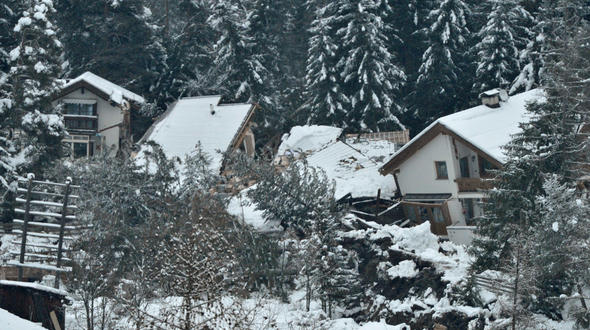Methods for integrative research on community resilience to multiple hazards, with examples from Italy and England

Abstract
Resilience is a framework widely used to help address questions in disaster risk reduction (DRR) research, policy and practice. There is increasing demand for understanding this at the community scale. The paper builds on integrative research case studies of hazard management and community resilience (CR)-building projects in the North of England and Northern Italy. It links inter- and trans-disciplinary methodologies to map stakeholders’ knowledge and combine this with the best available data for disaster resilience planning, involving, for example, understanding baseline resilience and what indicators or might be used for “measuring” CR? Some components of CR are particularly critical, for example the functioning of social networks in contexts of disaster planning and response, and require specially designed methods. Social network analysis (SNA) has recently become used more widely in resilience research and can be compared with another complementary method, involving qualitative, participatory social network mapping (P-SNA) allowing inclusion of stakeholders in understanding their own disaster resilience planning and response.
We share insights from this work: discussing drivers, barriers, governance and adaptation using networks. We also discuss how this data can be used for development of scenarios and agent-based models (ABMs) resulting in effect in participatory ABMs (P-ABM). These models can then underpin assessments of future scenarios, providing better understanding of the potential effects of natural hazards in the context of changes in resilience or vulnerability.
This open-access paper discusses recent experience using these participatory methodologies, explores stakeholders’ “competing” ideas of vulnerability and resilience, and shows how the modelling process allow those same stakeholders to “play” with the idea of community resilience and what it would mean to them and their communities.
Presented at the 4thInternational Conference on Building Resilience – Salford Quays, UK
Slide show presentation from the conference
Taylor icb rfinal from weADAPTThe work presented was financed within the FP7 project emBRACE
(0) Comments
There is no content